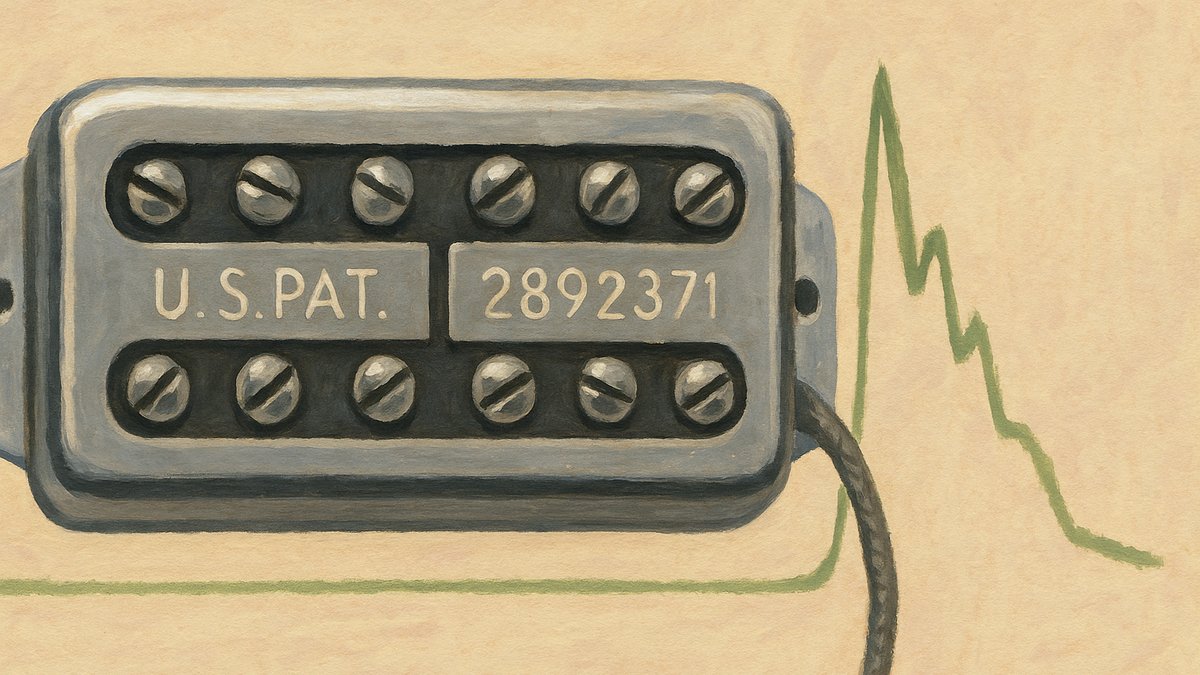
By Ed Malaker
Posted 05/13/2025
Question
Hey I love your site! It’s very informative and super helpful, which I greatly appreciate.
I have an upcoming project that I need help with for the wiring diagram. The pickups are Mojotone Mojo’tron (Filter’tron clone) and the wires are color coded as such: black (south start), white (south finish), green (north start/ground), red (north finish) with bare wires to ground. They say to connect red and white for standard series humbucking.
I want to install these in a configuration with two volumes and one tone to a three-way blade switch. However, here is where it gets tricky. I want independent volume controls so that the middle position can be used to blend the two pickups. And I want to convert the tone control to a bass contour/rolloff to preserve clarity at higher gains.
My research indicates this is similar to an Explorer or Flying V wiring scheme, minus the bass contour, but I cannot find a decent schematic online.
Any help or feedback would be greatly appreciated.
Jacob
Answer
Hello Jacob, and thank you for the great question.
It seems to me that you want to control the volume for each pickup independently and be able to combine the sound of the two Mojotone Mojo’Tron humbuckers when in the middle position. In addition, you want to change the tone control—which normally rolls off the high frequencies—to roll off the low frequencies instead, using a bass roll-off modification.
If our understanding of your project is correct, the wiring is pretty straightforward, and you shouldn’t need any extra components besides a capacitor, which is fairly inexpensive. The typical value for a capacitor in a standard tone control is 0.022–0.047 µF
For a bass roll-off modification, you’ll need a value closer to 0.0022 µF. This value isn’t as easy to find as the standard ones, but it’s fairly common in assorted packs.
You might also want to consider using a higher-quality capacitor instead of the popular ceramic disc type, as the filtered signal remains part of your tone. In a standard tone control, the filtered high frequencies go to ground, so you don’t really hear them—allowing you to get away with lower-quality components.
Finally, you can wire the capacitor across the two lugs without the additional wires I show in the diagram, just to make it easier to read.
Good luck with your project, and let us know if you have any additional questions.
Ed

